Our first Explore Box, Hidden Rainbows, reveals secret colours in everyday items such as felt tip pens and ceiling lights. But how are rainbows formed in nature? And what is a rainbow? When a reviewer asked how the contents of the Explore Box links to real rainbows, we were inspired to answer these questions…
What is a rainbow?
A rainbow looks like a multicoloured arc, and is formed from white light that has been split up. We might think of white as a ‘pure’ colour, but it is actually a mixture of all the colours of light. White light is split when the colours are spread out in different directions.
How are rainbows made?
Kids who try Explore Box 1 and Investigate Box 1 from Letterbox Lab get to make a pair of Rainbow Glasses using a nifty material called diffraction grating. Diffraction grating contains hundreds of tiny grooves that send different colours from white light shooting off in different directions, presenting little scientists with tiny rainbows!
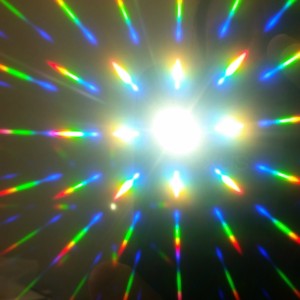
The view through our rainbow glasses
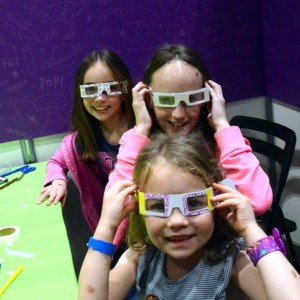
White light can also be split into colours by a process called refraction. When light passes from one material to another, it changes direction. That’s refraction. It’s the reason why swimming pools can look much shallower than they really are, and why you can perform this cool trick with a teaspoon:
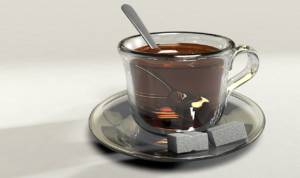
What’s more, different colours of light change direction to different degrees when they are refracted. You’ve probably seen the classic picture of white light splitting up as it passes through a prism. Red light is not bent very much as it moves from glass to air, but purple light changes direction dramatically. The result is a rainbow.
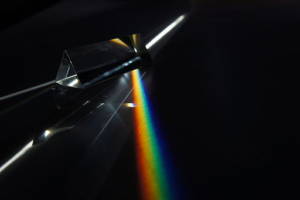
White light is split as it passes through a prism, because different colours are bent in different directions as they leave the glass.
How are rainbows formed in nature?
This is all very well, but you don’t need nifty gadgets to see rainbows in the sky. When do you see rainbows? As the name suggests, rainbows are seen during and after rain!
Refraction is the key behind how rainbows are formed in the sky. When it rains, there are water droplets in the air. White light from the Sun enters these raindrops and is refracted, so the colours are split up a little bit. Then the light bounces off the back of the raindrops and back out into the air, causing more refraction and the colours getting spread out even more. By the time the light reaches your eyes it has been divided into a broad band of rainbow colours.
All of this means that to see a rainbow, you need to be standing with the Sun behind you facing the raindrops.
It doesn’t have to be droplets from rain, though. Next time you are lucky enough to see a big waterfall on a sunny day, you will probably experience the result of refraction in the form of banded coloured light in front of it.
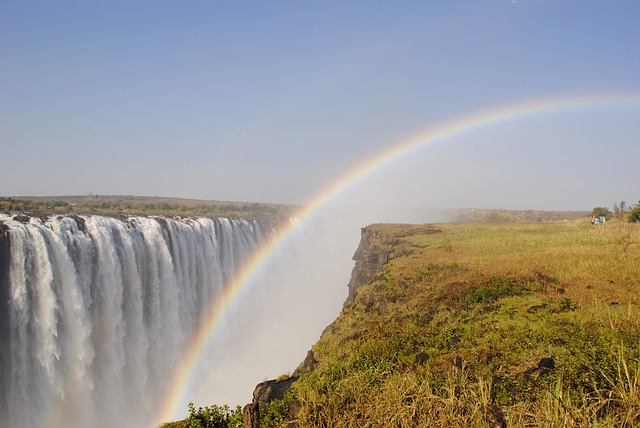
You don’t have to wait for rain to see a rainbow! Find yourself a misty waterfall like this one (although this one is Victoria Falls in Zambia, so you’d have quite the journey ahead of you if you wanted to see this rainbow over half term!)
So next time you see a rainbow you can point it out to your friend and say, “Look at that beautiful refracted spectrum”. Go on, we dare you.
Would you like to spend time with your children doing something that’s fun and educational for them and hassle-free for you?
Letterbox Lab is a monthly science kit that arrives through your letterbox containing everything you need to perform incredible experiments with your children.
Your children will love it. It’s colour changing, fizzing reactons, slimes, things that glow in the dark, making helicopters and catapults. All with beautifully illustrated comic-style instructions that they will actually enjoy reading.
You’ll love it because it’s so easy. It just arrives at your house with everything you need to do all the experiments. Unlike other science kits there’s no looking in the back of cupboard for cream of tartar or figuring out where you can buy propanol on a Sunday afternoon. You just open the box and get started with ease.
Find out more about our unique series of science kits here
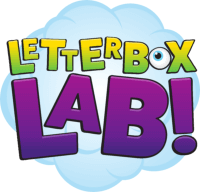
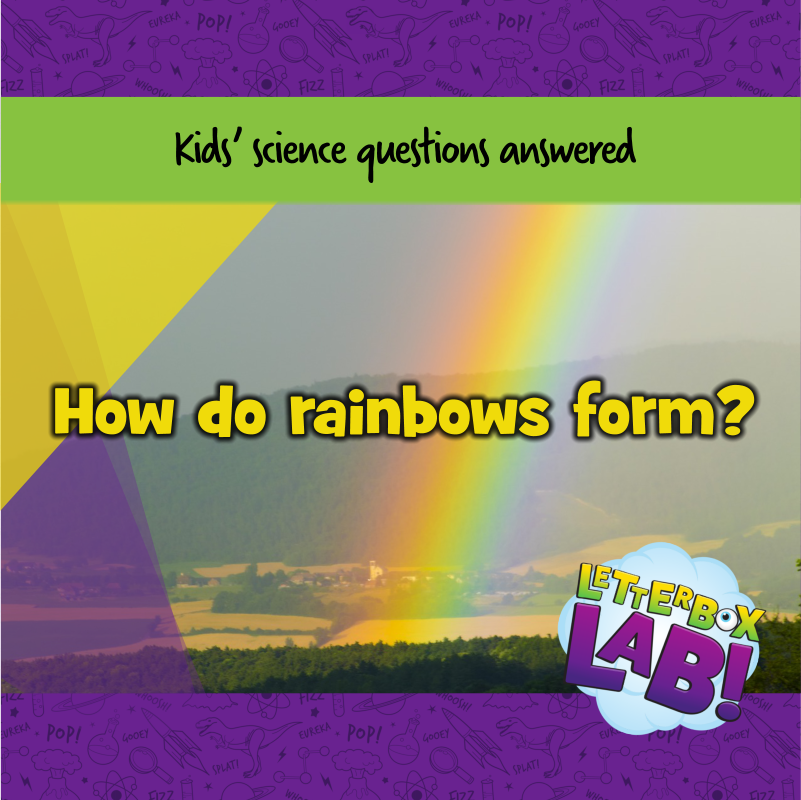
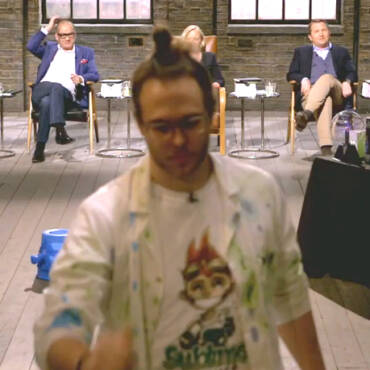
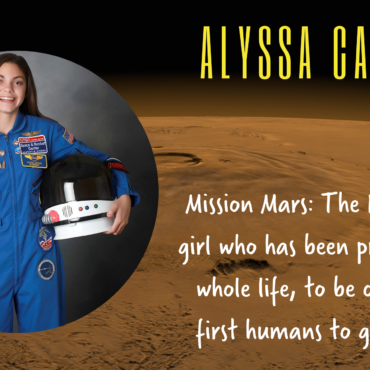
Add Comment